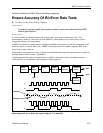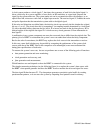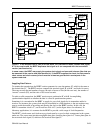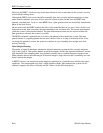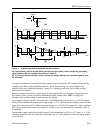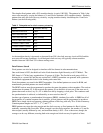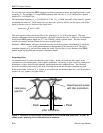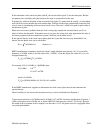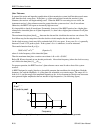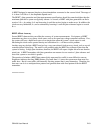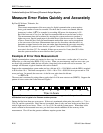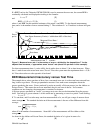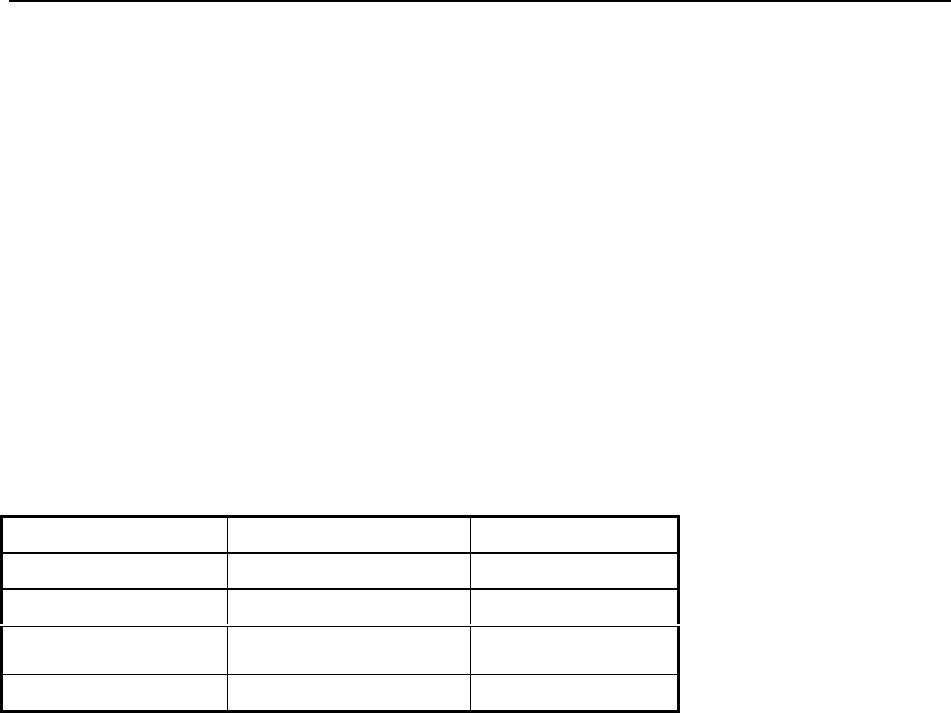
BERT Technical Articles
B-26 GB1400 User Manual
To stress the noise margin continuously, the tester alternates between 10001000 (pattern A) and
11101110 (pattern B) at a frequency below the AC coupling circuit’s cutoff frequency. Each pattern
continues long enough for the circuit’s transient to die out. A duration of 3.14 time constants, or πRC, is
sufficient. Therefore, the complete fixed pattern stored in memory has a period of at least 2πRC. The
frequency of the pattern is at most 1/2πRC, which is the cutoff frequency, f
L
, of the coupling circuit.
Then if the bit rate is f
c
, the number of bits in the fixed pattern is:
N ≥ f
c
/ f
L
For example, if f
l
=32kHz and f
c
=1 Gbit/s, the fixed data pattern must be at least N = 1 Gbit/s/ 32kHz =
31,200 bits long.
Users can create different stress levels by combining the above patterns with patterns that have an equal
number of 1s and 0s, thus causing no stress in a system with AC coupling. For example, the pattern
11001100 won’t change the DC content or noise margin. By combining various amounts of this balanced
pattern with the previous unbalanced patterns, users can stress the system to varying degrees, up to 50%
(see table below).
Table 1. Data patterns for noise margin stressing
Pattern A Pattern B Margin reduction
1100110011001100 1100110011001100 0 %
1000110011001100 1110110011001100 12.5 %
1000110010001100 1110110011101100 25.0 %
1000100010001000 1110111011101110 50.0%
Other patterns such as 1000000010000000, stress the noise margin by more than 50%, but they also stress
the clock-recovery circuit, which may be undesirable.
Users who want to stress the clock-recovery circuit can do so by varying the transition density. This is
because the system’s receiver gets its information from the received data signal. For nonreturn-to-zero
data, the clock information is in the data transitions. Random data contains an equal number of 0-to-1 and
1-to-0 transitions, and a clock-recovery circuit is usually designed to expect this 50% transitions density.
The circuit may have trouble with either a greater or lesser density.






